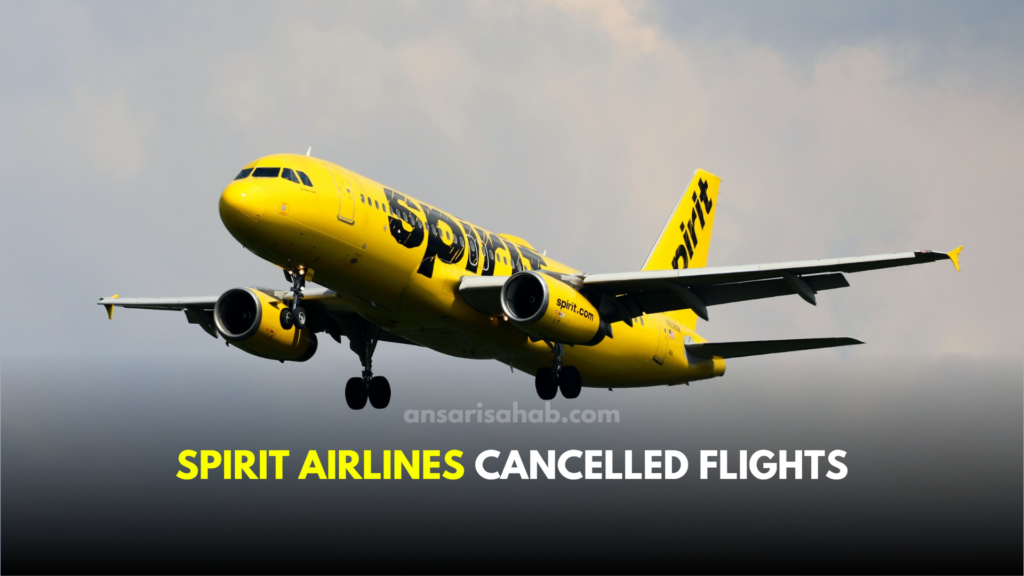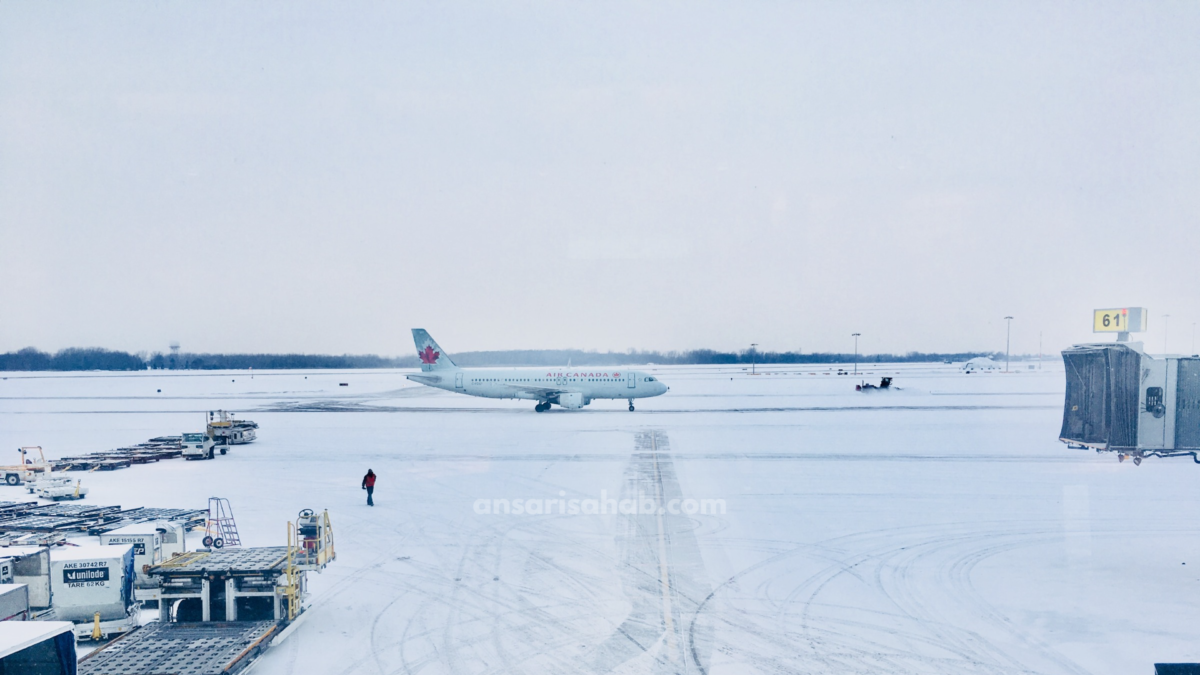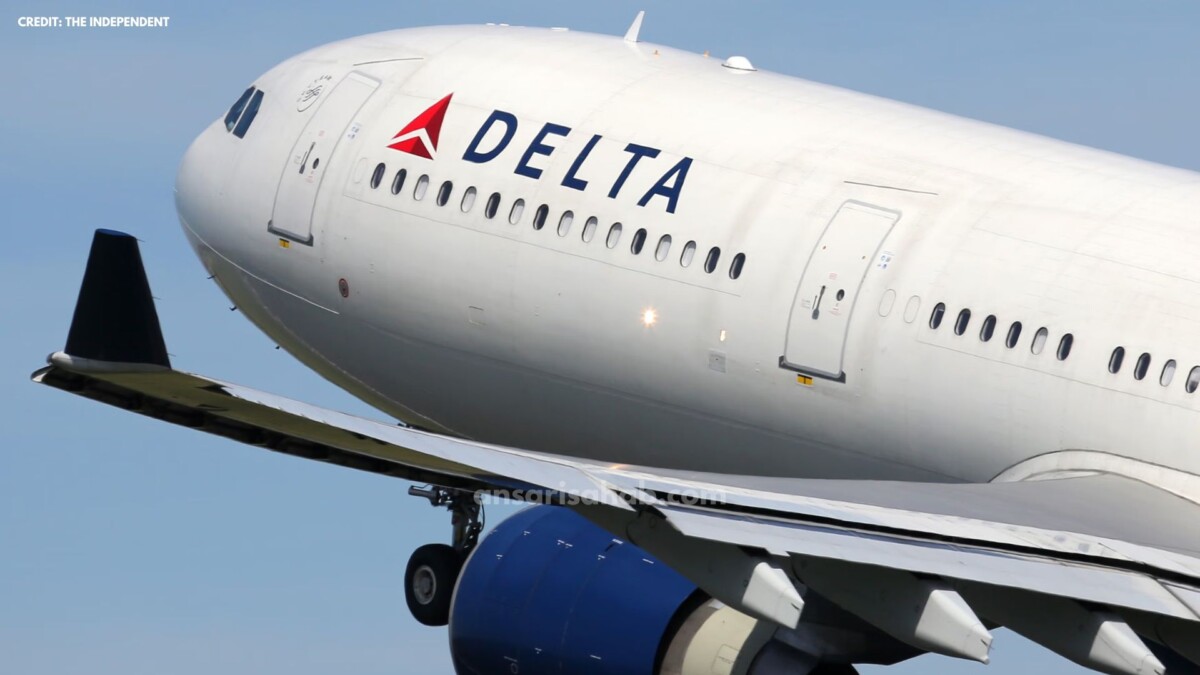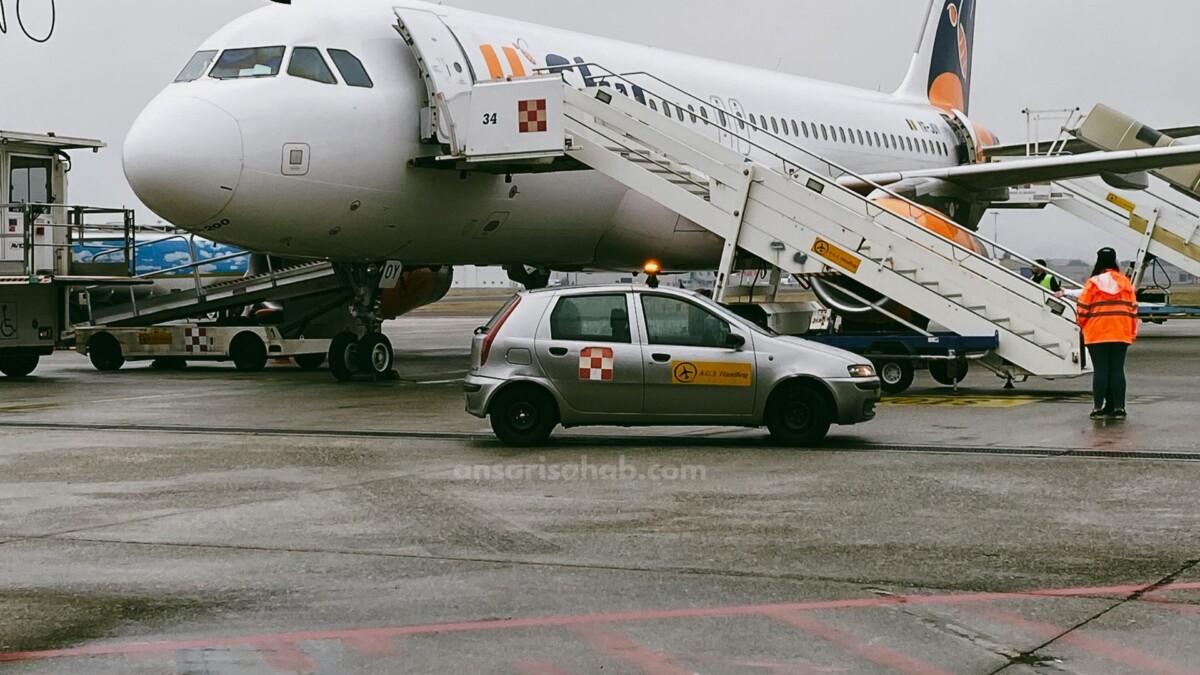An IndiGo flight from Mumbai to Phuket was forced to make an emergency landing in Chennai on Friday (September 19, 2025) after a bomb threat was reported mid-flight. The aircraft was diverted safely, all passengers were disembarked, and authorities declared the threat a hoax following full security checks.
What Happened: Timeline & Key Details
- Flight 6E 1089, an Airbus A320, departed Mumbai with 176 passengers and six crew members at approximately 3:33 PM local time.
- While over the Bay of Bengal, the crew received information about a threat message found in the aircraft’s lavatory alleging that explosives were planted aboard.
- Following protocol, the flight was diverted to Chennai International Airport, landing safely at about 7:16-7:20 PM.
- Security personnel including CISF bomb disposal units, sniffer dogs and local airport authorities searched the aircraft thoroughly. No suspicious items or explosives were found. The bomb threat was confirmed as a hoax.
- The flight’s onward journey to Phuket was delayed, in part due to night curfew restrictions at Phuket Airport, as well as time required for security clearance. Passengers were given refreshments and kept informed.
Investigation & Reactions
- Authorities are investigating the source of the anonymous threat. Whether the message was emailed or left physically in the lavatory is under examination.
- IndiGo has called the incident part of standard procedure in aviation safety, saying all protocols were followed promptly upon discovery of the potential threat.
- Airport security officials emphasised that while such threats are taken seriously, many turn out to be false alarms but still require full checks to ensure passenger safety.
Implications for Passengers & Airlines
- Passengers onboard faced delays, extended ground time in Chennai, and possibly missed connections or arrival time changes due to curfew constraints in Phuket.
- The incident highlights the strain hoax threats place on airline operations, security resources, and traveler confidence. While no harm was done, operational cost and logistical disruption can be significant.
- Airlines may review their lavatory monitoring, passenger screening, and crew training procedures to more rapidly detect and respond to threat messages.
- Travel advisories or safety guidelines may be updated—especially for international routes and night‐curfew affected airports—to account for threats and emergency diversions.
What Comes Next
- As investigations proceed, authorities will attempt to locate those responsible for creating the threat. Legal consequences may follow if the origin of the hoax is traced.
- Airlines and airport authorities may issue statements clarifying security procedures to reassure public safety, especially for long-haul and international flights.
- Regulatory bodies might consider whether additional preventative measures are needed, such as stricter laws about threat hoaxes, lavatory surveillance, or passenger behavior protocols.
FAQs
The Mumbai-Phuket IndiGo flight (6E 1089) was diverted mid-air to Chennai due to a bomb threat message found in the aircraft lavatory. After landing and thorough security checks, the threat was found to be a hoax.
There were 176 passengers and six crew members. All landed safely; no explosives were found. The threat delayed the flight’s journey to Phuket, but all passengers were accommodated and kept informed.
Standard aviation safety protocols were enacted: the pilot was informed, the flight diverted, security and bomb disposal units deployed, sniffer dogs used, and the aircraft searched thoroughly. Passengers deboarded and given shelter and refreshment during the delay.
This Mumbai-Phuket IndiGo flight scare reinforces how seriously airlines and authorities treat potential security threats—even when they ultimately prove baseless. For travelers, the incident serves as a reminder of the strict safety checks in place and the priority given to security over schedule.
Sources: TOI









